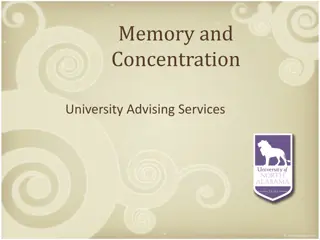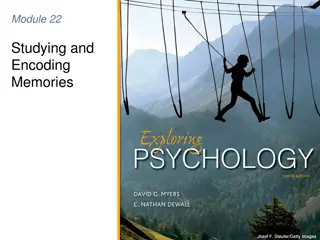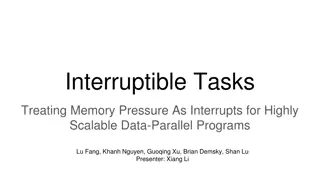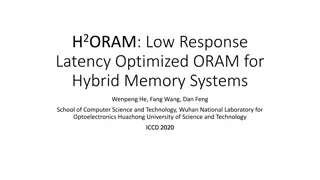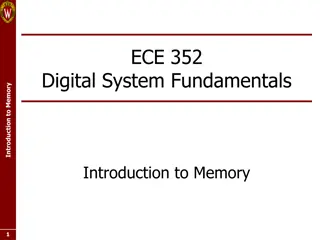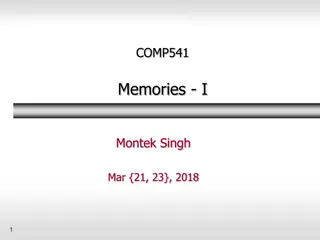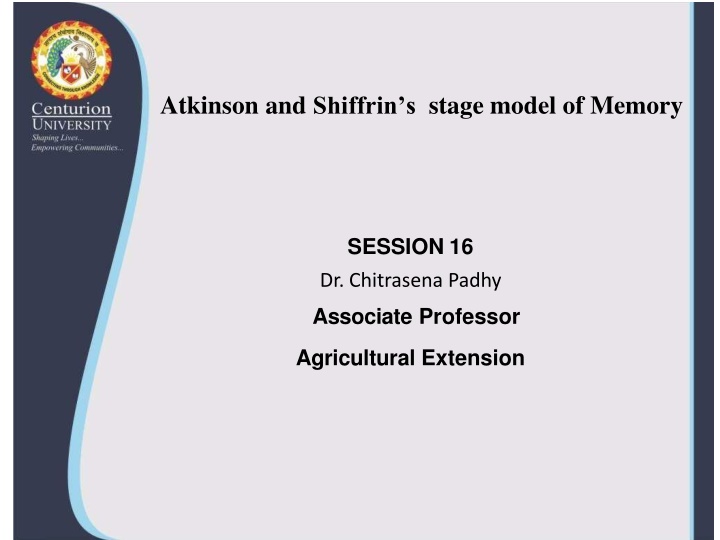
Atkinson and Shiffrin's Memory Model
Discover the stages of Atkinson and Shiffrin's memory model - sensory memory, short-term memory, and long-term memory. Learn how memory works, from encoding to storage, and explore cases of memory challenges like anterograde amnesia. Dive into the multi-store model and understand how information moves across memory stores.
Download Presentation

Please find below an Image/Link to download the presentation.
The content on the website is provided AS IS for your information and personal use only. It may not be sold, licensed, or shared on other websites without obtaining consent from the author. If you encounter any issues during the download, it is possible that the publisher has removed the file from their server.
You are allowed to download the files provided on this website for personal or commercial use, subject to the condition that they are used lawfully. All files are the property of their respective owners.
The content on the website is provided AS IS for your information and personal use only. It may not be sold, licensed, or shared on other websites without obtaining consent from the author.
E N D












